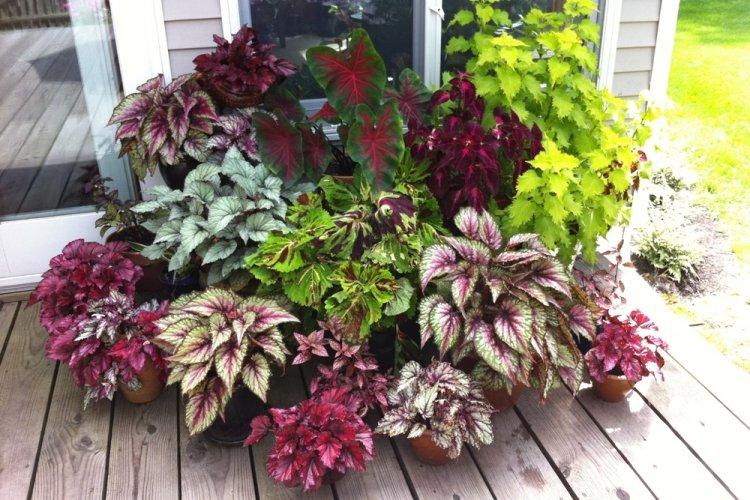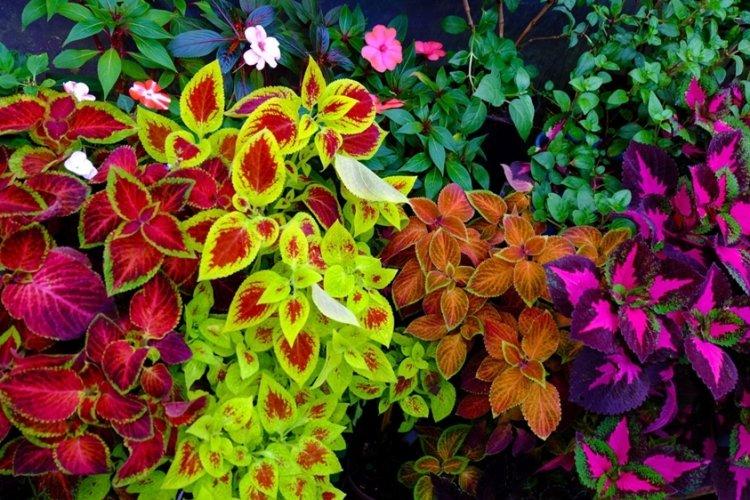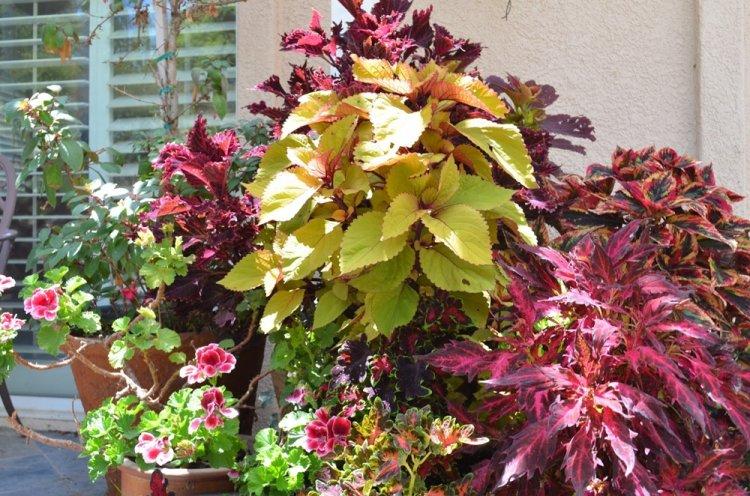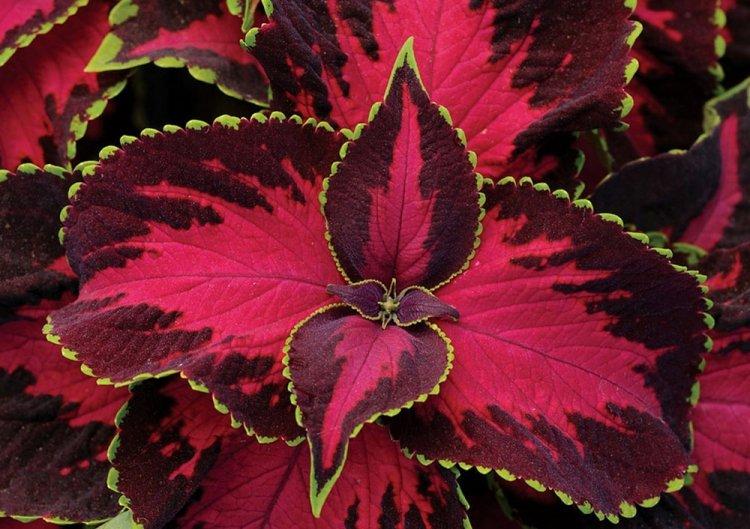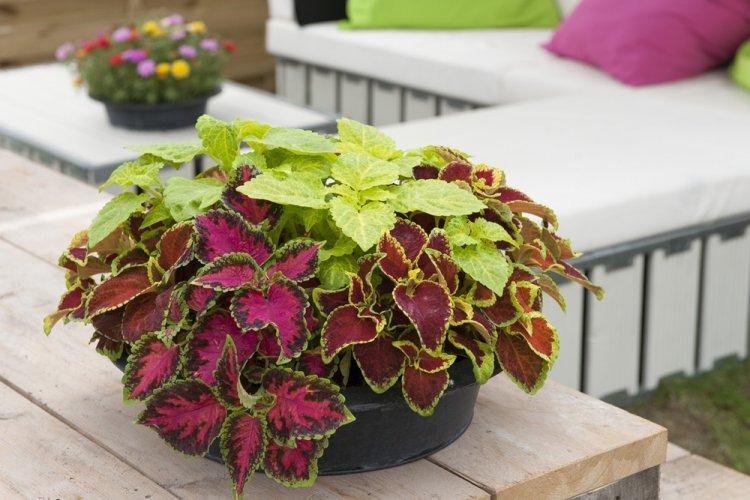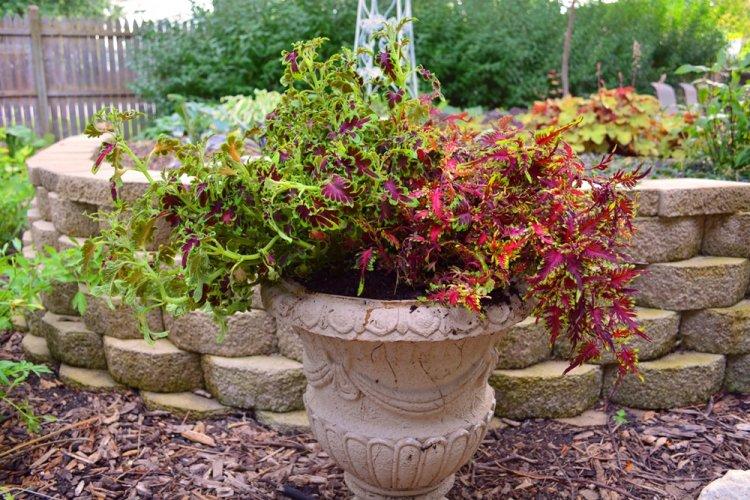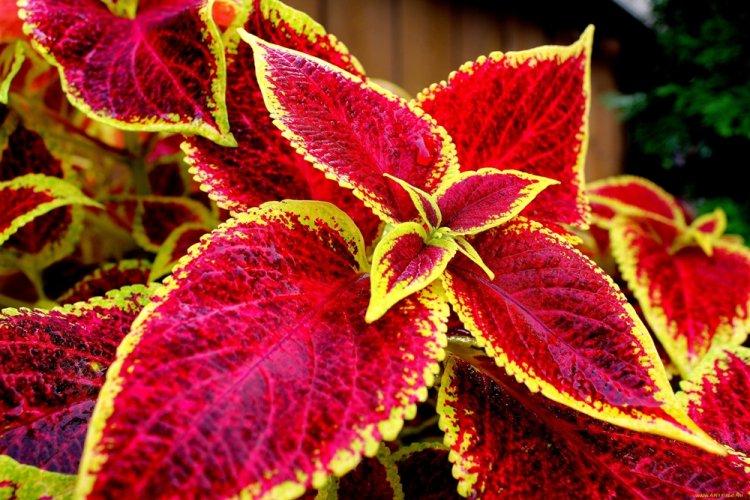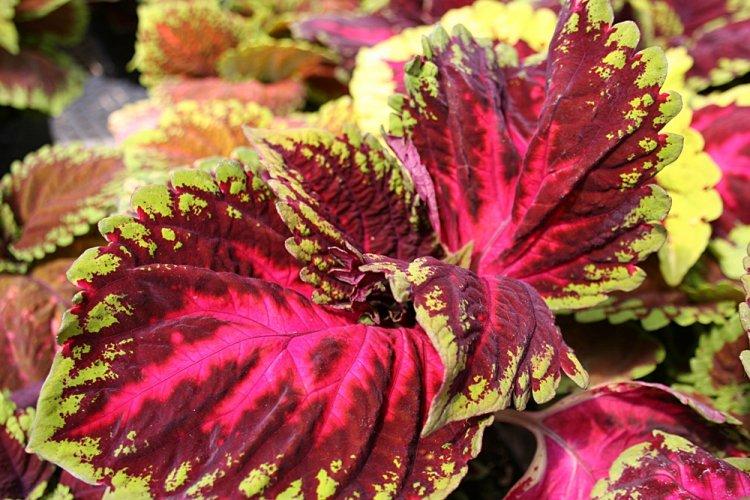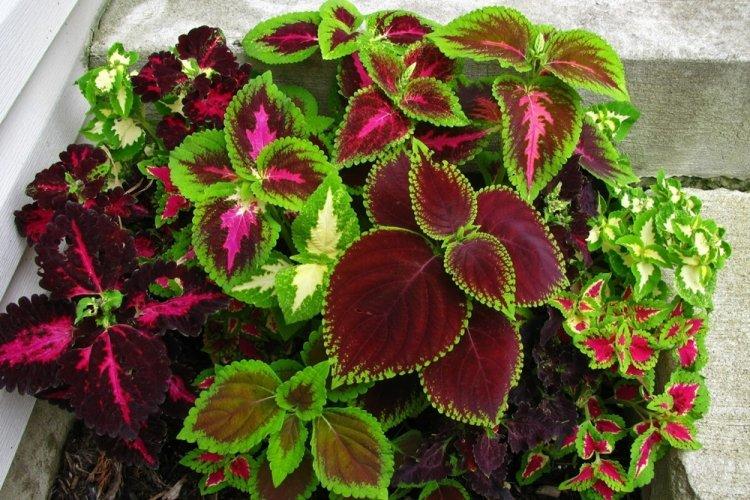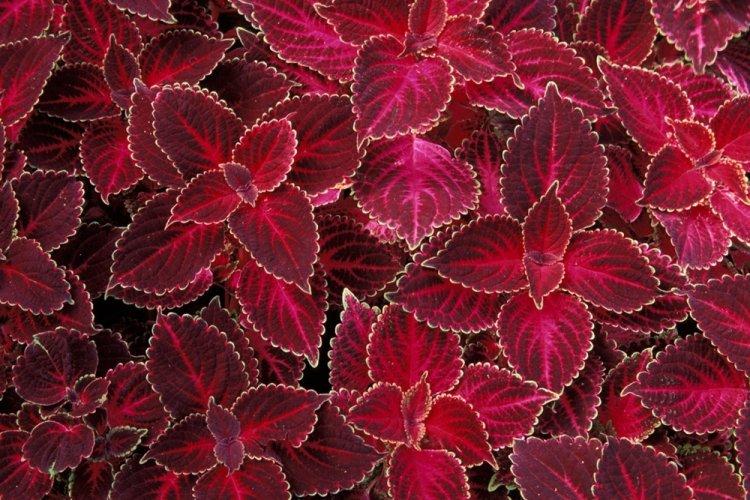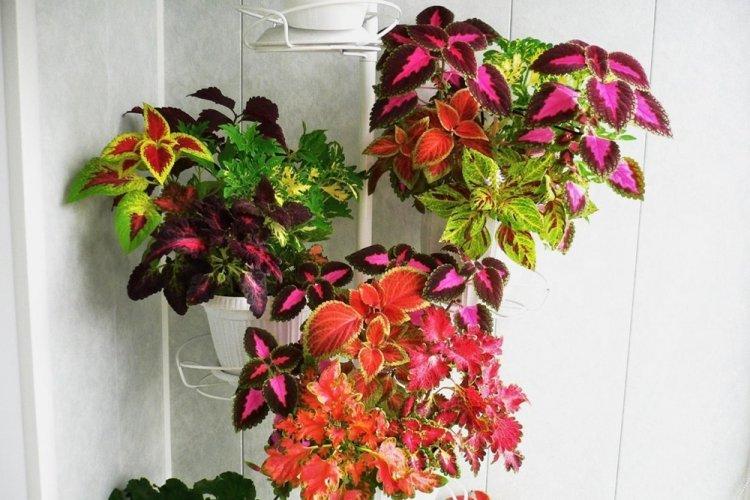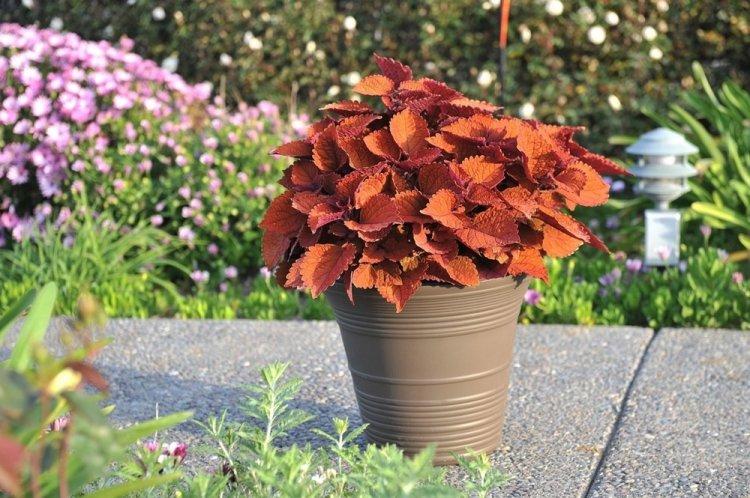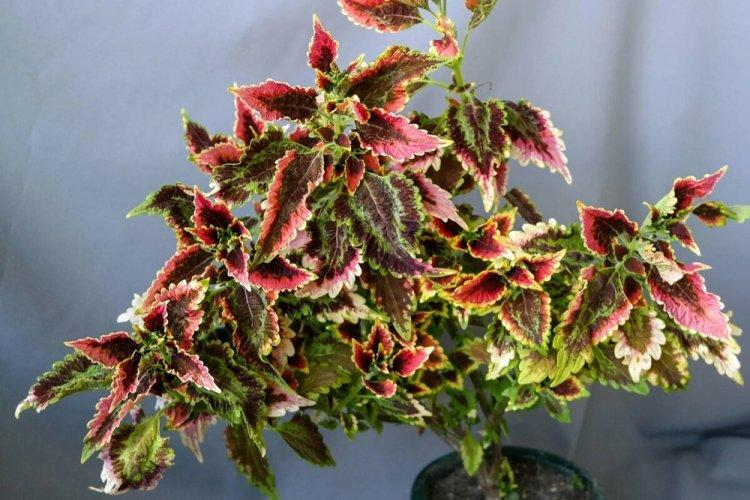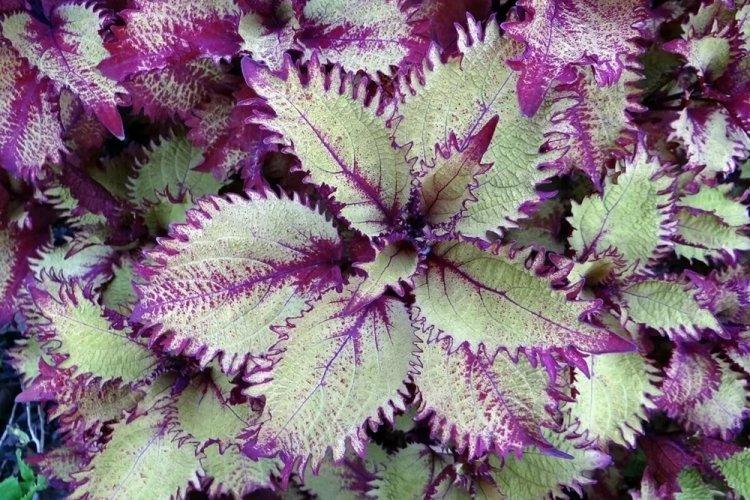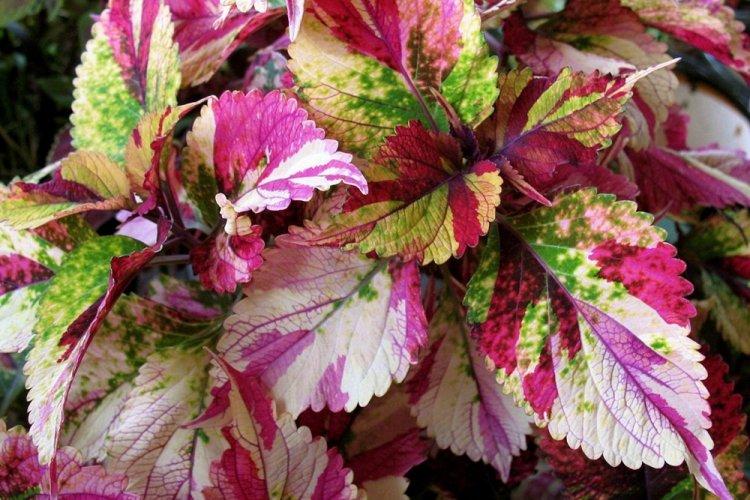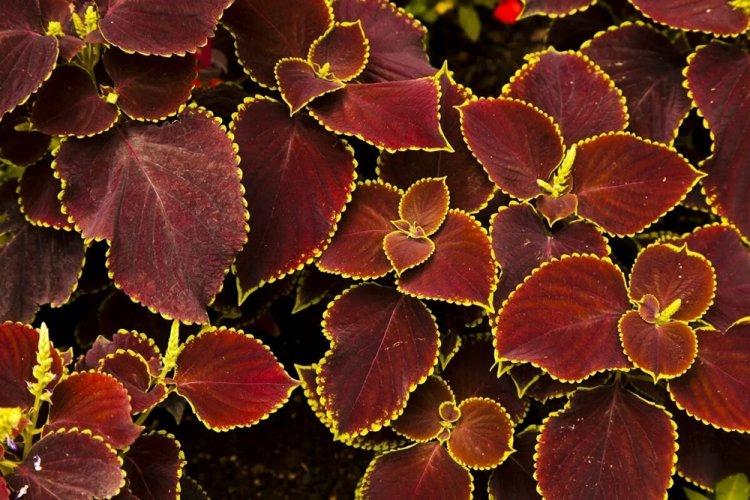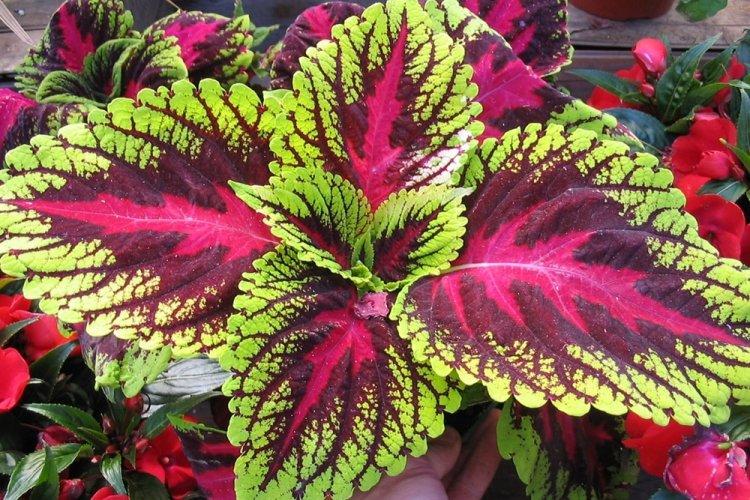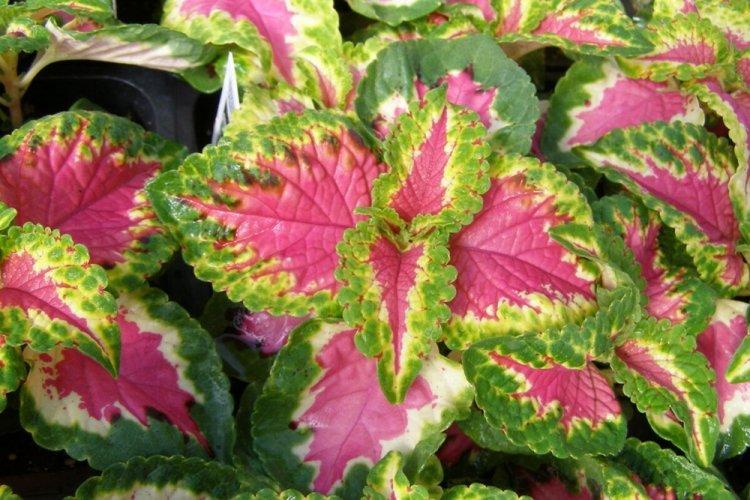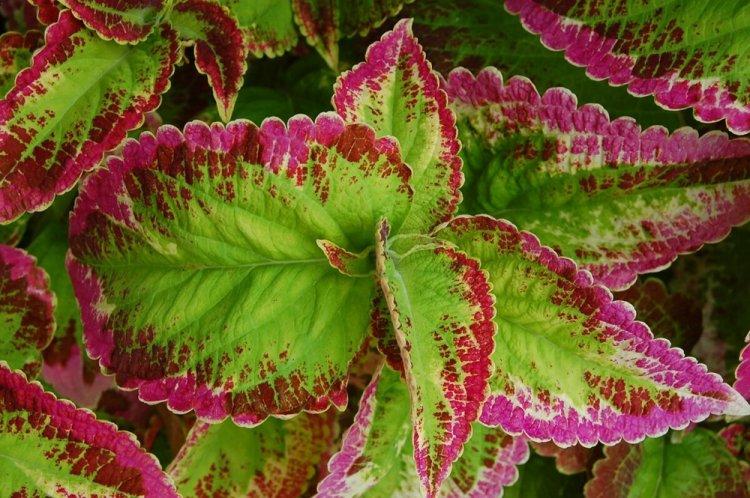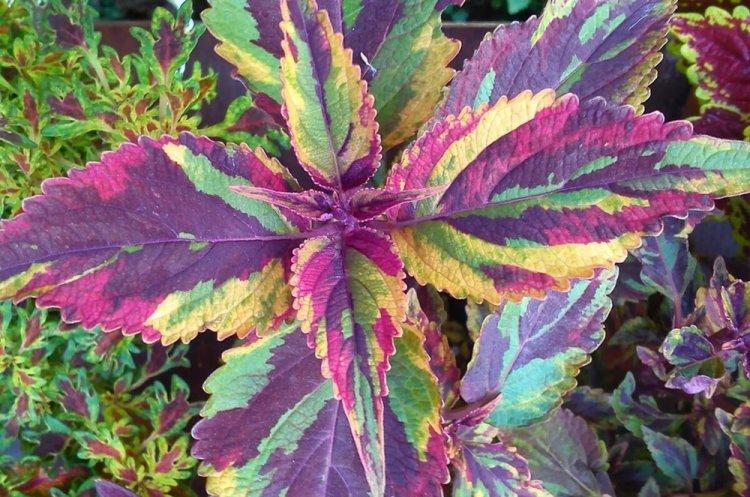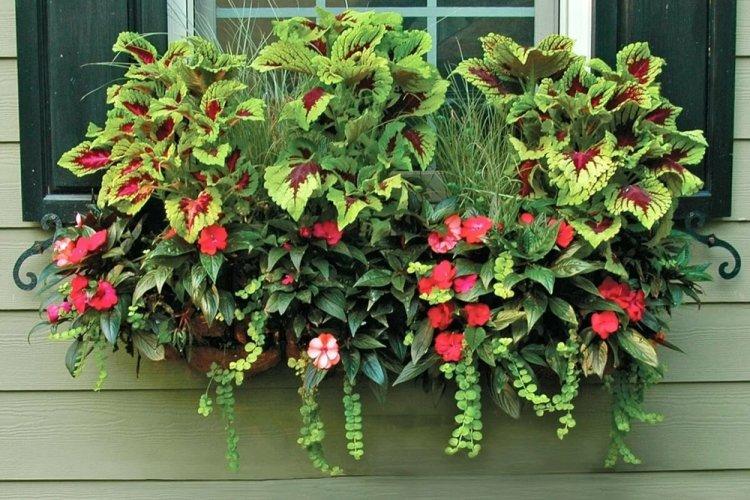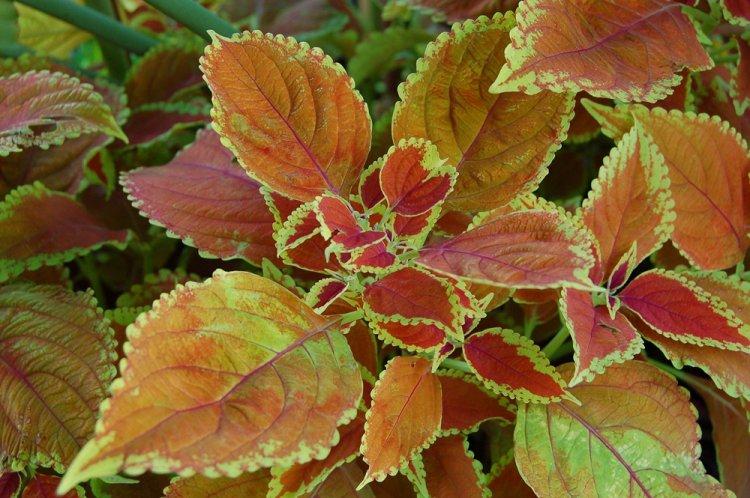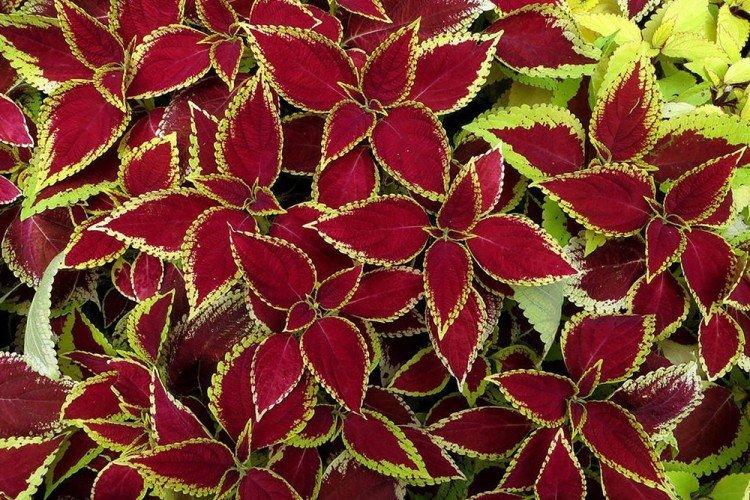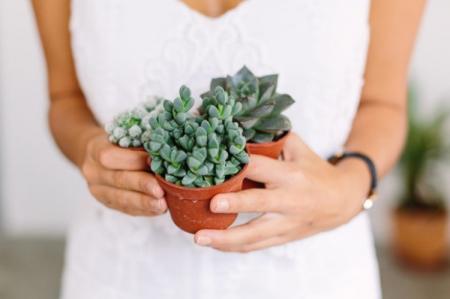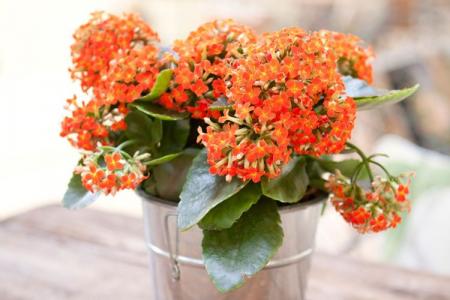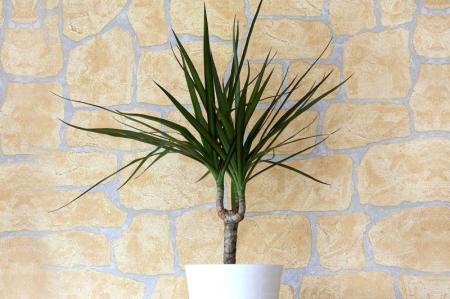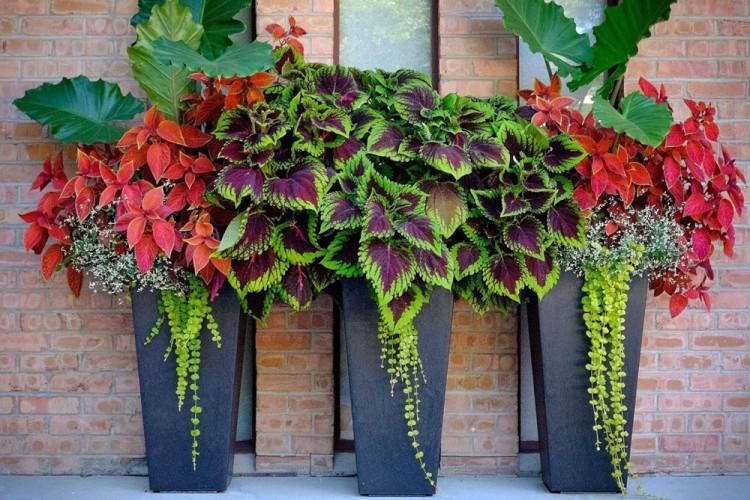
Coleus is the perfect home flower that combines amazing endurance with extraordinary beauty. It is appreciated not for flowers, but for the original colorful leaves with patterns on the plates. If you do not like wildly blooming flowerpots and all the tricks of caring for them, Coleus will become your faithful friend and ally!
general information
The colloquial name of Coleus, which he received for the expressive shape of the leaves, is sprinkling. In the apartment, the flower grows like an unpretentious perennial, but in the garden it will not survive the winter. And all because in nature he lives in Africa and Asia - regions with hot climates and no frost.
Coleus was brought to Europe on purpose and immediately started breeding it. The first wild species amazed seafarers so much that they brought them straight from the island of Java. So since the nineteenth century, the popularity of the flower in the world has grown rapidly.
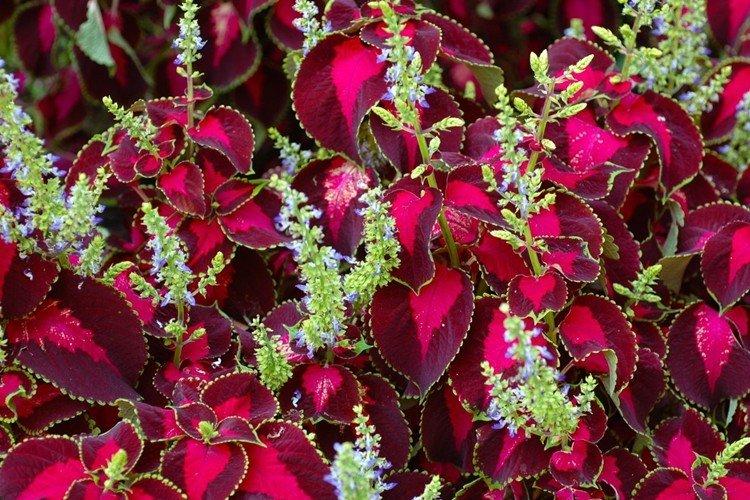
Coleus leaves can be of the most unexpected colors: orange, red, burgundy. Most often, they combine several shades at once: for example, grassy green with purple. Together with the unusual shape of the plates, it looks very impressive and exotic!
Although this does not bother florists too much, the Coleus has flowers. They are just small, faded and inconspicuous, whitish or blue. They are not very attractive, so it is better to remove the buds in the bud, otherwise they will pull on almost all the nutrients. Because of this, during flowering, the leaves of the Coleus become smaller and fade.

Coleus species
There are about one and a half hundred species of coleus, and almost all of them have decorative leaves. Beautifully flowering varieties are rare, but they are almost uncommon in our country. In culture, two main species are grown - Coleus Blume and Vershaffelt.
Coleus Blume
It is a perennial herbaceous species with oblong ovoid leaves. Its plates are omitted and painted in all shades of green, pink, red and burgundy. A characteristic feature is textured tetrahedral stems. Popular varieties and hybrids are yellow-green Butterfly, luxurious scarlet Volcano, spectacular multi-colored Saber and delicate light green Golden Bedder.
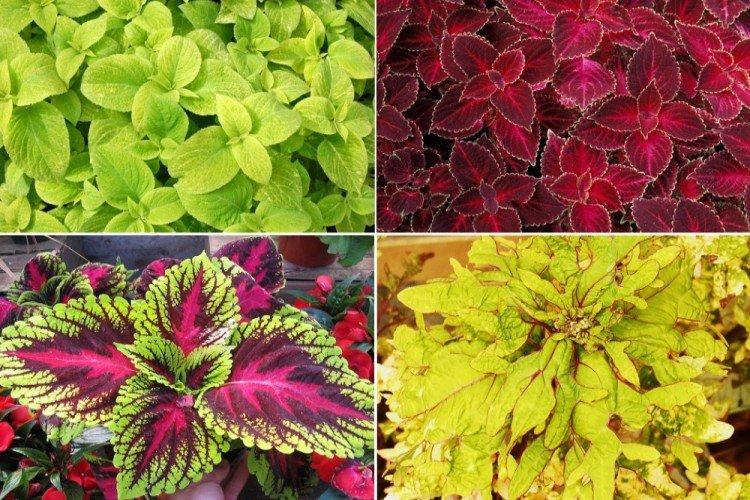
Coleus Vershaffelt
In fact, Vershaffelt's Coleus is almost the same as Blume. Is that it is larger, with large leaf plates and an expressive velvety surface. The most common color combination is the notorious duet of green and purple.
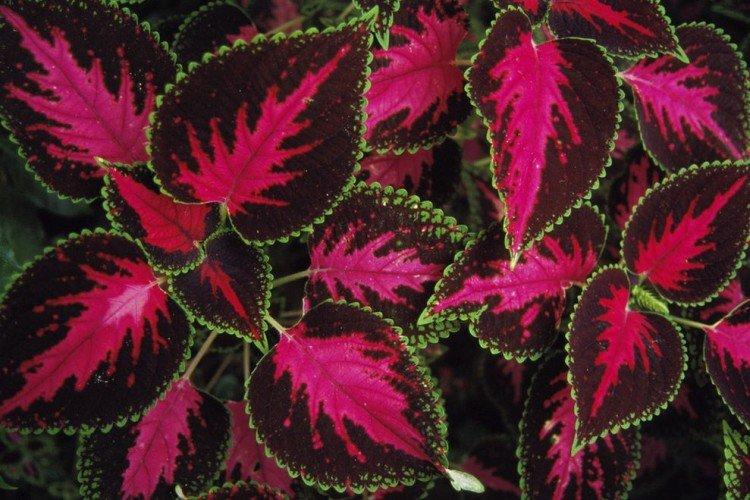
Hybrid coleus
Different varieties of hybrid Coleus are very different from each other, but some features remain. They necessarily have oppositely growing leaves with an uneven edge: wavy, curly, jagged or dissected. The stems are always square and erect.
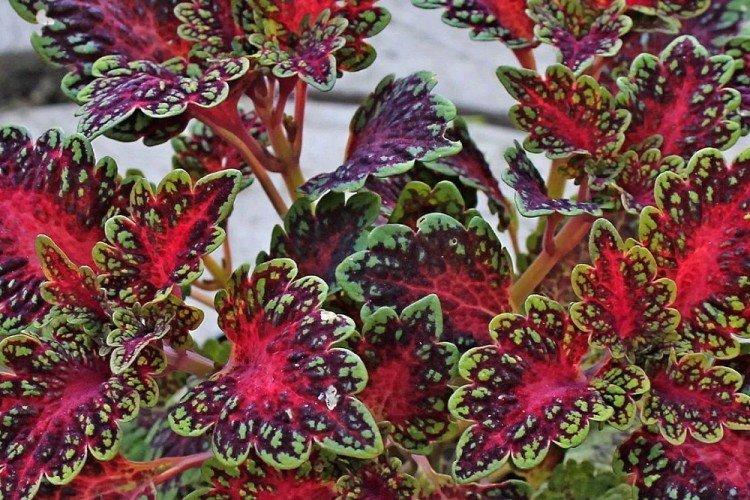
Ampel coleus
These are varieties with thin shoots that fall from hanging baskets and pots. The same coleus are perfect for landscaping terraces and balconies. Among them there are very tiny hybrids up to 30 cm with multi-colored hanging leaves.
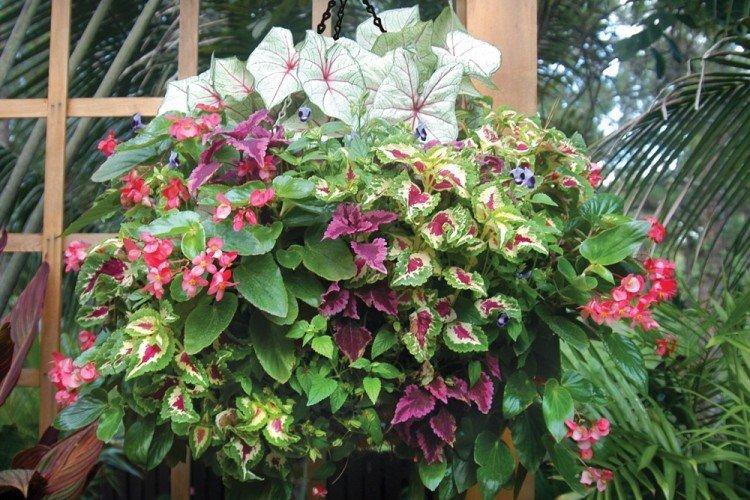
Coleus care
Coleus is not only very beautiful, but also grows quickly at home. It is also useful because the leaves contain natural phytoncides that purify and refresh the air.
Temperature
Coleus loves warmth, so it feels best at temperatures from 20 degrees. It will not survive wintering outdoors, so it is grown in the garden as an annual. In an apartment, Coleus feels good at temperatures from 16 degrees. Be sure to make sure that even in frost it does not drop below 12 degrees.
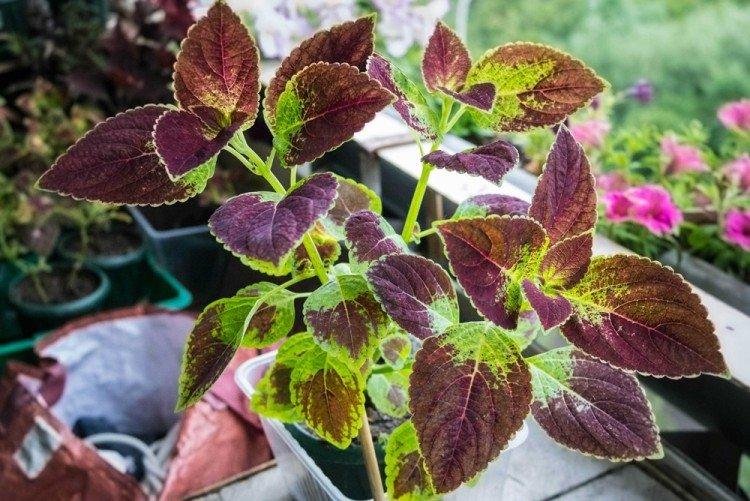
Lighting
For the Coleus to be really bright and unusual, it needs as much light as possible. Varieties with white, yellow or red leaves tolerate even direct rays well, in contrast to green and purple ones. If you have a south side or east windows - choose them.
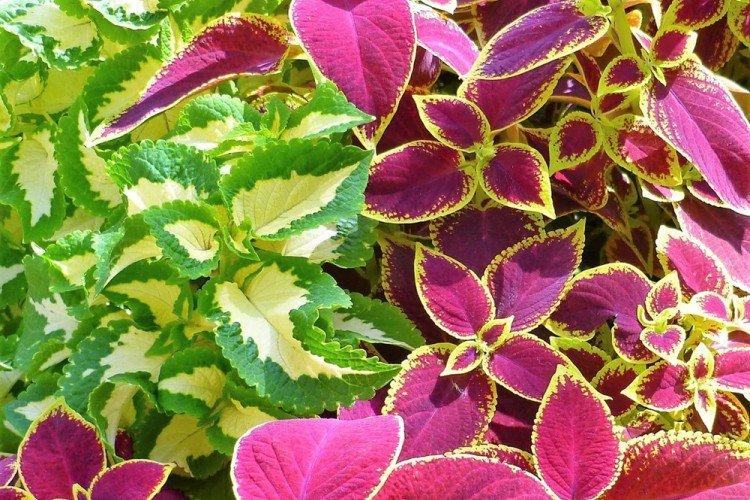
Watering
For watering, be sure to stand the water for at least a day in a warm place so that it is slightly warmer than the air temperature. In summer, make sure that only the top layer of the soil dries out, and in winter, reduce the frequency. But do not let the coma dry out completely, otherwise the leaves will react almost instantly and become painful.
Coleus loves spraying, because it grows in hot, humid climates. Even in winter, it is better that the humidity in the room is slightly increased - for example, as in the kitchen or bathroom. Use the same warm, soft water for spraying as for watering.
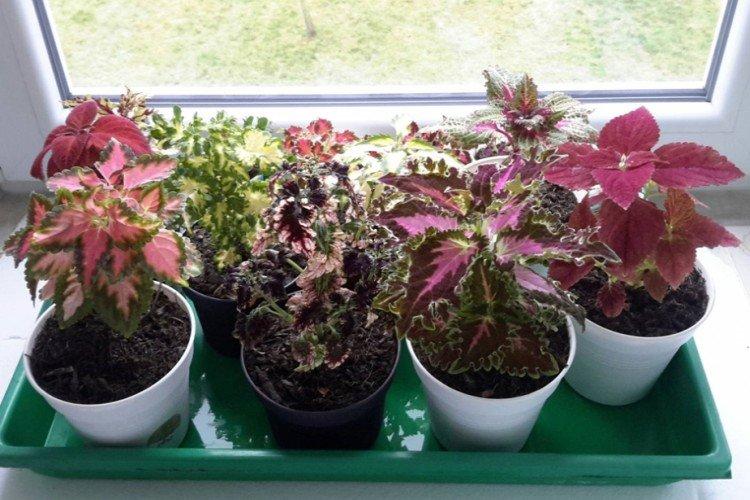
Soil and fertilizer
Coleus is completely unpretentious to the type of soil, so any nutrient mixture will do. At the beginning of the active growth period, use mineral or organic supplements. Add a weakly concentrated solution once a week, and in winter - once a month and at half the concentration.
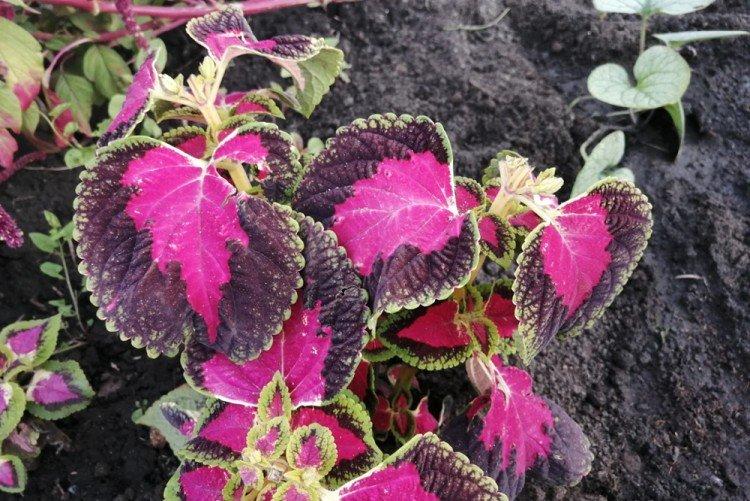
Reproduction
Coleus reproduces equally well by seeds and cuttings, because it grows quickly. At the end of winter, scatter the seeds evenly in a flat box and do not sprinkle on top. Do long distances because they have a very high germination rate.
Spray the soil with a spray gun, set the temperature to 20 degrees and find a lighter spot. The seedlings will sprout quickly, so do not postpone the pick. If they no longer fit in the containers, they may begin to wilt. In order for the Coleus to bush well from the first months, pinch it immediately after transshipment into a separate pot.
Coleus cuttings are transplanted in spring and summer due to the fact that the flower is very thermophilic. To do this, the twigs are cut at the end of winter and transferred to nutritious flower soil. If you put them in water, hurry up to transplant the cuttings immediately after the roots appear.

Pest and disease control
If the leaves of indoor coleus began to lose color abruptly, most likely they do not have enough sun. But there is also the opposite problem: unexpected white spots can turn out to be burns. This happens more often with young, vulnerable plants that are not yet used to their daily routine.
Brown spots appear due to a lack of moisture in the air, so do not forget about preventive spraying. Unexpected leaf fall is a sure indicator of a lack of nutrition. And if the flower begins to stretch up too much, it needs preventive pinching and additional lighting.
Ornamental coleus leaves are not very attractive to pests. But sometimes a spider mite, whitefly or aphid appears, so periodically inspect the plants. The affected flower must be urgently isolated from healthy ones and treated with insecticides.

Coleus - photo
It is simply impossible to go through all the varieties and shades of Coleus at one time. But we have tried and prepared a selection of photos to show you its versatility!
